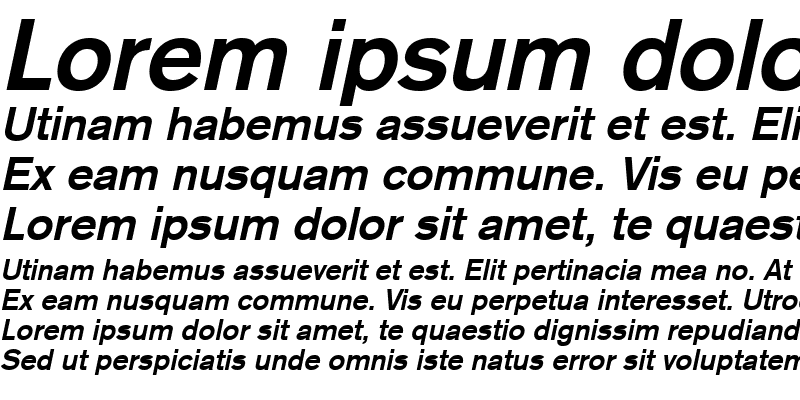


Monotype Grotesque was introduced to address the need for a typeface with an Avant-Garde appearance to fit in with the design concepts of the day.Īlthough it never reached the heights of popularity that Akzidenz Grotesk® has over the years, Monotype Grotesque has been used by many and is surprisingly good screen font as some of the extended and condensed versions are is legible in lower point sizes and overall it has excellent readability characteristics.įlickr: Monotype Grotesque Monotype Grotesque Usage Newspaper circulation was high and despite the 1 st World war making resources scarce, the swinging twenties saw high demand for high quality print, particularly in the rapidly growing leisure market where advertising was also becoming more common. New ways of manufacturing and working metals made it possible for engineers to design some very impressive and complex machines capable of high speed print. It was developed at a time when the development of printing machinery had been accelerated by the industrial revolution.

The introduction of the lower case grotesque character set was a new direction in typeface design. In those days, printers had only used sans serif fonts in upper case and as headlines/large print. The name “grotesque” has a slightly hazy origin some believed that typesetters who came across the original sans serif typeface of William Thorogood nicknamed it Grotesque because they considered it an ugly typeface. The Monotype Grotesque design was originally based upon sans-serif design by the H Berthold AG foundry and William Thorogood‘s original “Grotesque” typeface. Its simple, clean lines make it amenable for text use, and the condensed and extended versions are useful for shorter text and display use. Monotype Grotesque font is a straightforward 1926 design that is among the earliest sans serifs cut for hot-metal machine typesetting. Typefaces without serifs were known in nineteenth-century England as Grotesque (or Grotesk in German) because they seemed so unusual to most readers.


 0 kommentar(er)
0 kommentar(er)
